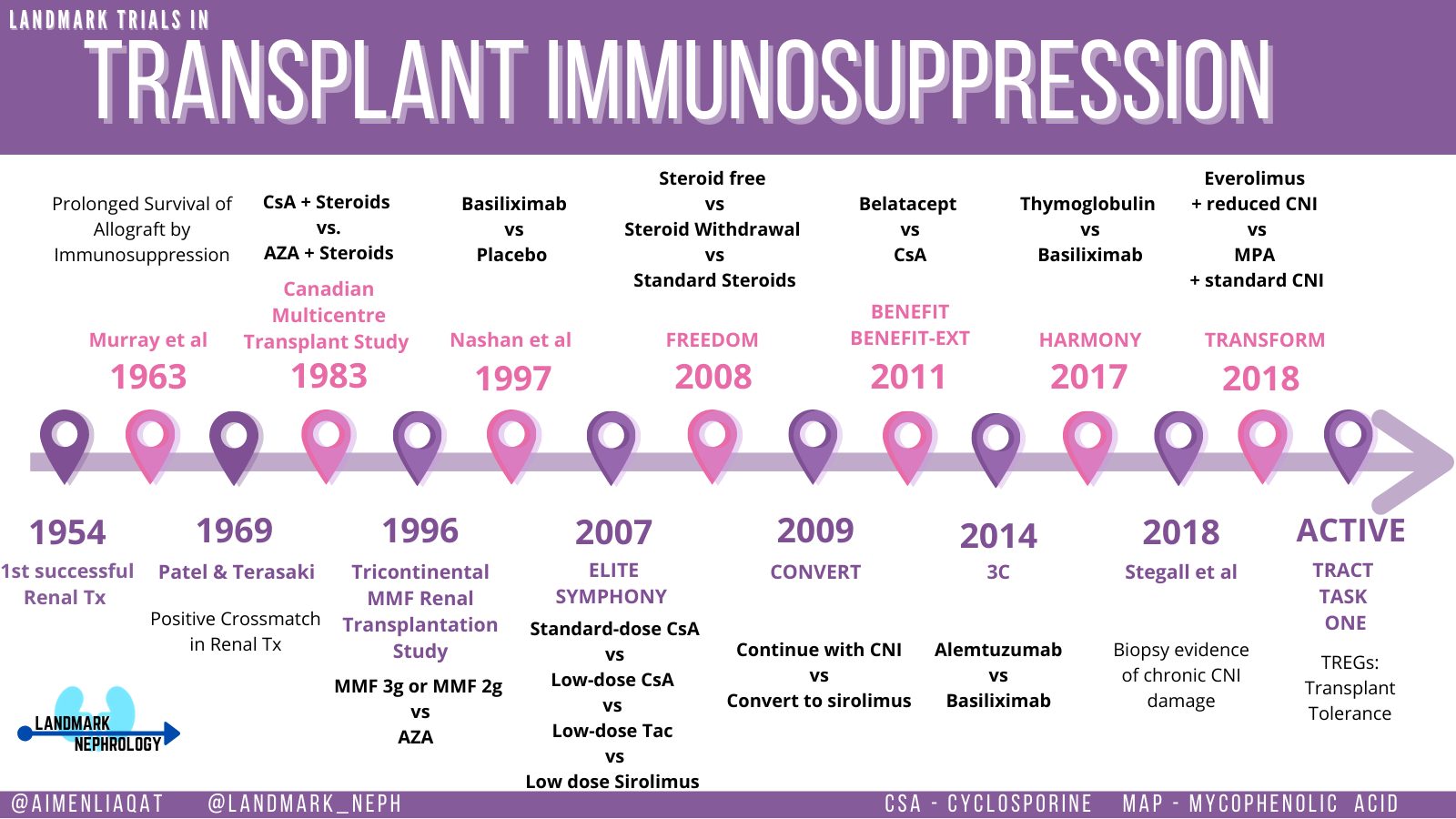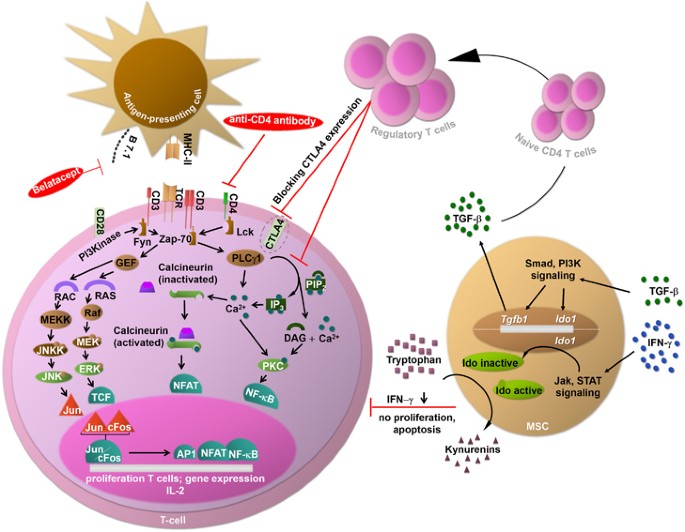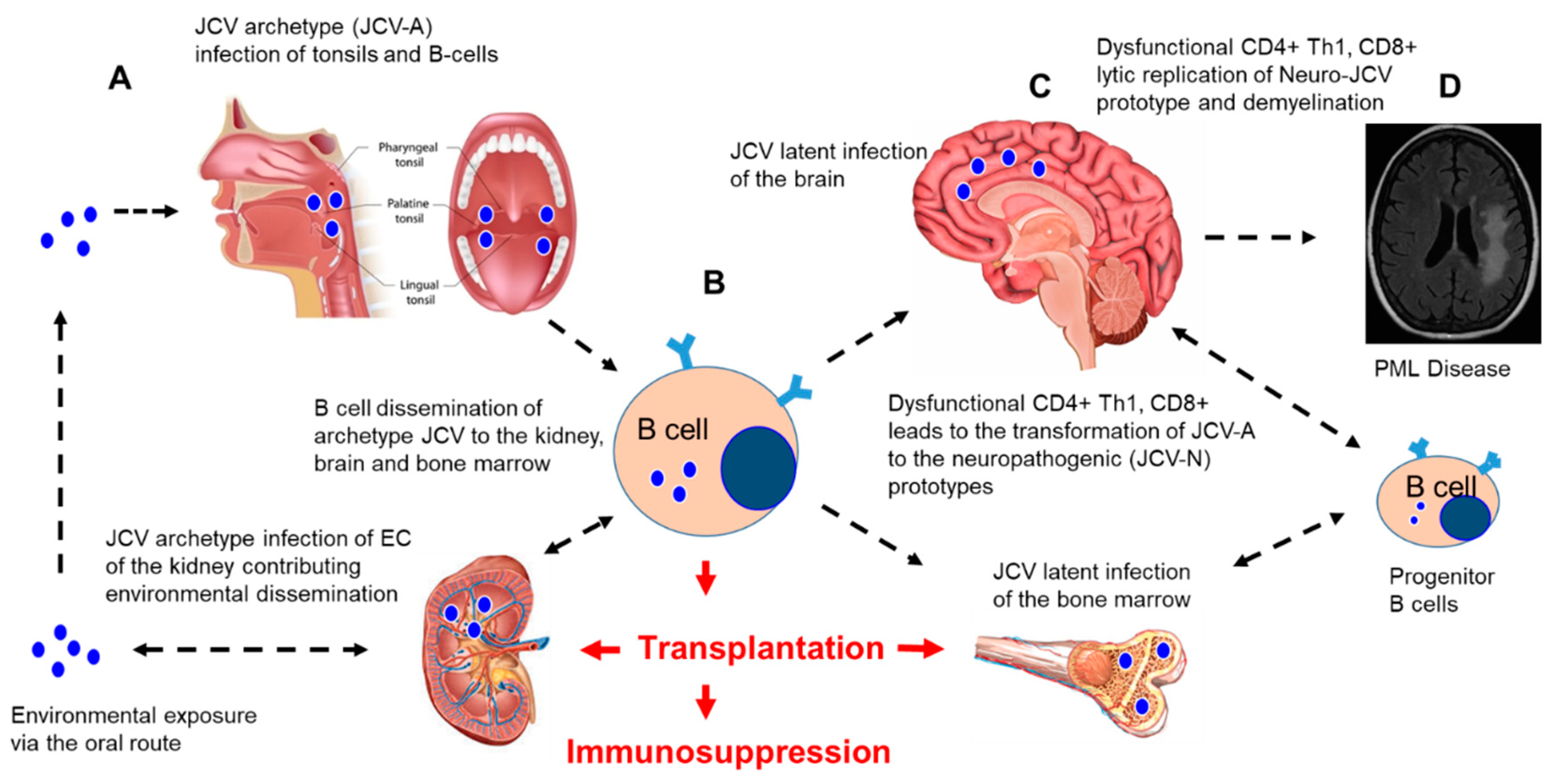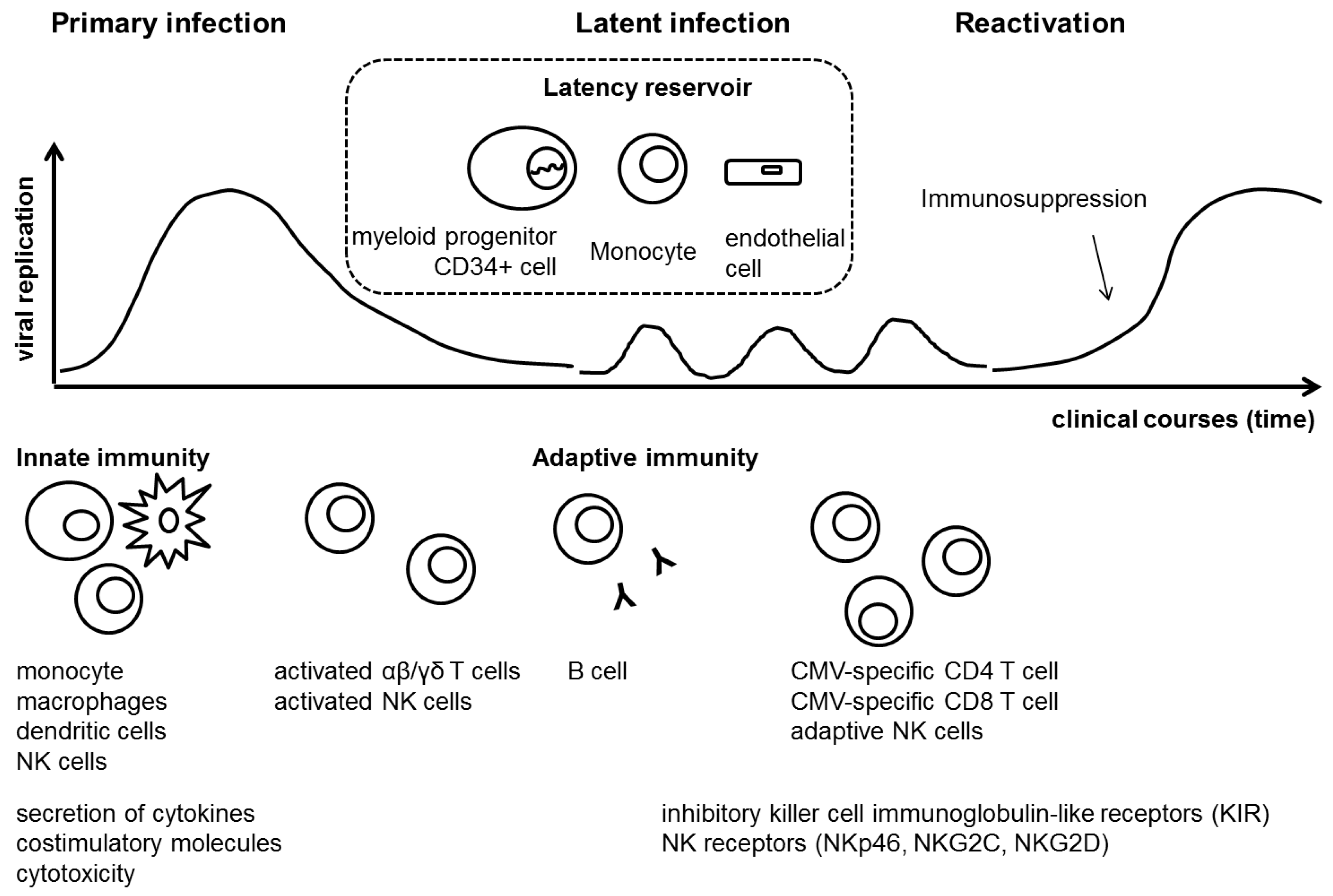O Chronic cardiac disease. Graft versus host disease GvHD is a condition that might occur after an allogeneic transplant.

Sepsis Induces Prolonged Epigenetic Modifications In Bone Marrow And Peripheral Macrophages Impairing Inflammation And Wound Healing Arteriosclerosis Thrombosis And Vascular Biology

The Changing Tides Of Immunosuppression Renal Fellow Network

Immunosuppression For In Vivo Research State Of The Art Protocols And Experimental Approaches Cellular Molecular Immunology
Bone marrow transplant hematopoietic stem cell transplant HPSCT involves the administration of healthy hematopoietic stem cells in patients with dysfunctional or depleted bone marrow.
Immunosuppression after bone marrow transplant. 470-477 2015 Crossref Medline Google Scholar. Post-transplant lymphoproliferative disease PTLD is a rare but well-known complication of solid organ transplants and hematopoietic stem cell transplantation. Additionally it is used for treating graft-versus-host disease after a bone marrow transplant or for the treatment of auto-immune diseases such as systemic lupus erythematosus rheumatoid arthritis Sjögrens syndrome or Crohns disease.
This procedure lowers the risk of rejections of the new organ being transplanted. There are different types of chemotherapy medicines but they all work in a similar way. Capsules must not be opened.
Solid organ or blood stem cell transplant. As a result the bone marrow makes fewer red blood cells white blood cells and platelets. The Association for Academic Surgery is widely recognized as an inclusive surgical organization.
Acute graft versus host disease aGvHD. Clinical radiotherapy combined modality treatment experimental work in radiobiology chemobiology hyperthermia and tumour biology as well as physical aspects relevant to oncology particularly in the field of imaging. About the Societies.
Klingspor L Saaedi B Ljungman P et al. Solid organ recipients can be vaccinated as early as one month after transplantation although a strong immunosuppression drug regimen to prevent organ rejection may cause a few months delay. Asthma or chronic lung disease sickle cell disease or immunosuppression can also be at increased risk for severe illness from COVID-19.
Increased doses of TBI and thus immunosuppression were associated with an elevated risk of hematopoietic and solid cancers. In general deliberately induced immunosuppression is performed to prevent the body from rejecting an organ transplant. Solid organ transplant recipients who are receiving immunosuppressive therapy should be considered to be at increased risk for severe COVID-19.
Once dosage is stabilized MMF can be taken with food after kidney transplant. B and T lymphocytes help fight viruses but have different jobs. The impetus of the membership remains research-based academic surgery and to promote the shared vision of research and academic pursuits through the exchange of ideas between senior surgical residents junior faculty and established academic surgical professors.
A recent discovery in the transplant procedure involves a final step. Many diseases and conditions can damage the stem cells in bone marrow. 1710-1718 2010 Crossref Medline Google Scholar.
PTLD is related to the Epstein-Barr virus and immunosuppression therapy. This helps to augment bone marrow function and allows depending on the disease being treated to either destroy. Radiotherapy Oncology publishes papers describing original research as well as review articles.
Fifteen patients successfully stopped immunosuppression medications a year after the transplant. Side effects caused by immunosuppressants can endanger patients already weakened by years of organ damage from sickle cell disease says senior author Dr. In GvHD the donated bone marrow or peripheral blood stem cells view the recipients body as foreign and the donated cellsbone marrow attack the body.
B-lymphocytes make special proteins called antibodies that recognize and kill certain germs. This helps to augment bone marrow function and allows depending on the disease being treated to either destroy tumor cells with malignancy or to generate functional cells that can replace. Bone marrow transplant can replace the transplant recipients immune system with the donors and the recipient accepts the new organ without rejection.
However this doesnt typically suppress the immune system enough to make you more susceptible to infections. They stop cancer cells reproducing which prevents them from growing and spreading in the body. However researchers report that HSCT recipients in histoplasmosis-endemic areas should avoid exposure to chicken coops and other bird-roosting sites and caves for the first 6 months after HSCT and during periods of substantial immunosuppression eg GVHD systemic steroid use or relapse of the underlying.
There are two forms of GvHD. Bridge-to-transplant technology - medical devices used to help patients who are in need of transplant but either not at the top of the wait list or without an available donor organ. Using bone marrow-derived stem cells to decrease rejection - could help eliminate need for immunosuppression in all types of organ recipients.
Immunosuppression current or planned HIV infection organ transplant recipient treated with TNF-alpha antagonist eg infliximab etanercept others steroids equivalent of prednisone 15 mgday for 1 month or other immunosuppressive medication Close contact to. Some treatments most often those given during a bone marrow stem cell transplant can cause a shortage of lymphocytes. The most common cause of bone marrow damage is from your immune system attacking and destroying the stem.
The treatment was unsuccessful in 4 patients and some complications such as infections occurred. Transplant centers conducted between March 24 and 31 2020 reported that 148 solid organ transplant recipients received a diagnosis of SARS-CoV-2 infection 696 were kidney recipients 155 were liver. 2122 A national survey of 88 US.
Post-organ transplant therapy. Drug is taken on empty stomach 1 hour before or 2 hours after meals. A retrospective observational study from a single centre 2005-2009.
Radiation therapy can potentially affect your immune system especially if a significant amount of bone marrow is being irradiated because of its role in creating white blood cells. The marrows hematopoietic stem cells the reservoir of stem cells replenishing exhausted blood cells including white blood cells forming the immune systemmust be of the individual who donated the organ or of an identical twin or a clone. Chronic cerebral spinal fluid.
Taking a bone marrow sample from the donor and infusing it along with a low dose of immunosuppression medication into the recipients body to modulate the immune response. Having had a solid organ or blood stem cell transplant which includes bone marrow transplants. People who receive these transplants are treated with drugs that suppress the activity of the immune system.
It covers areas of interest relating to radiation oncology. Bone Marrow Transplant 45. BMT recipients can begin receiving COVID-19 vaccinations three months after transplant provided the transplanted cells have engrafted or begun growing within bone marrow.
With the introduction of more potent immunosuppression regimens and decreased acute rejection rates viral infections after renal transplantation have emerged as an important cause of allograft loss. Epidemiology and outcomes of patients with invasive mould infections. Aplastic anemia occurs because of damage to stem cells inside bone marrow which is the sponge-like tissue within your bones.
Chemotherapy is a treatment for cancer. BK is a common posttransplant opportunistic viral infection affecting 15 of renal transplant recipients in the first posttransplant year and lacking an effective prophylaxis strategy. Solid PO forms should be swallowed whole and not chewed crushed or split.
20 60 61 94 In 1965 scientists documented this increased incidence of neoplasia in bone marrow transplanted mice 88 which. Histoplasmosis Histoplasma capsulatum after allogeneic HSCT is also rare. 20 61 Documentation of these effects in human subjects has been possible due to their prolonged survival after BMT and follow-up.
Bone marrow transplant hematopoietic stem cell transplant HPSCT involves the administration of healthy hematopoietic stem cells in patients with dysfunctional or depleted bone marrow. Affecting the bone marrow or lymphatic system including leukemia lymphoma Hodgkins disease and multiple myeloma.

Pdf Core Competencies For Bone Marrow Transplantation Nurse Practitioners Semantic Scholar
Blood Gov Au

Transplantology Free Full Text Jc Polyomavirus And Transplantation Implications For Virus Reactivation After Immunosuppression In Transplant Patients And The Occurrence Of Pml Disease Html

Immune Cytopenia After Allogeneic Haematopoietic Stem Cell Transplantation Challenges Approaches And Future Directions The Lancet Haematology

Busulfan Combined With Immunosuppression Allows Efficient Engraftment Of Gene Modified Cells In A Rhesus Macaque Model Molecular Therapy

Ijms Free Full Text Cytomegalovirus Infections After Hematopoietic Stem Cell Transplantation Current Status And Future Immunotherapy Html

Busulfan Combined With Immunosuppression Allows Efficient Engraftment Of Gene Modified Cells In A Rhesus Macaque Model Molecular Therapy

Immune Reconstitution After Allogeneic Stem Cell Transplantation With Reduced Intensity Conditioning Regimens Leukemia
